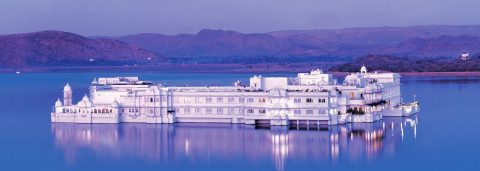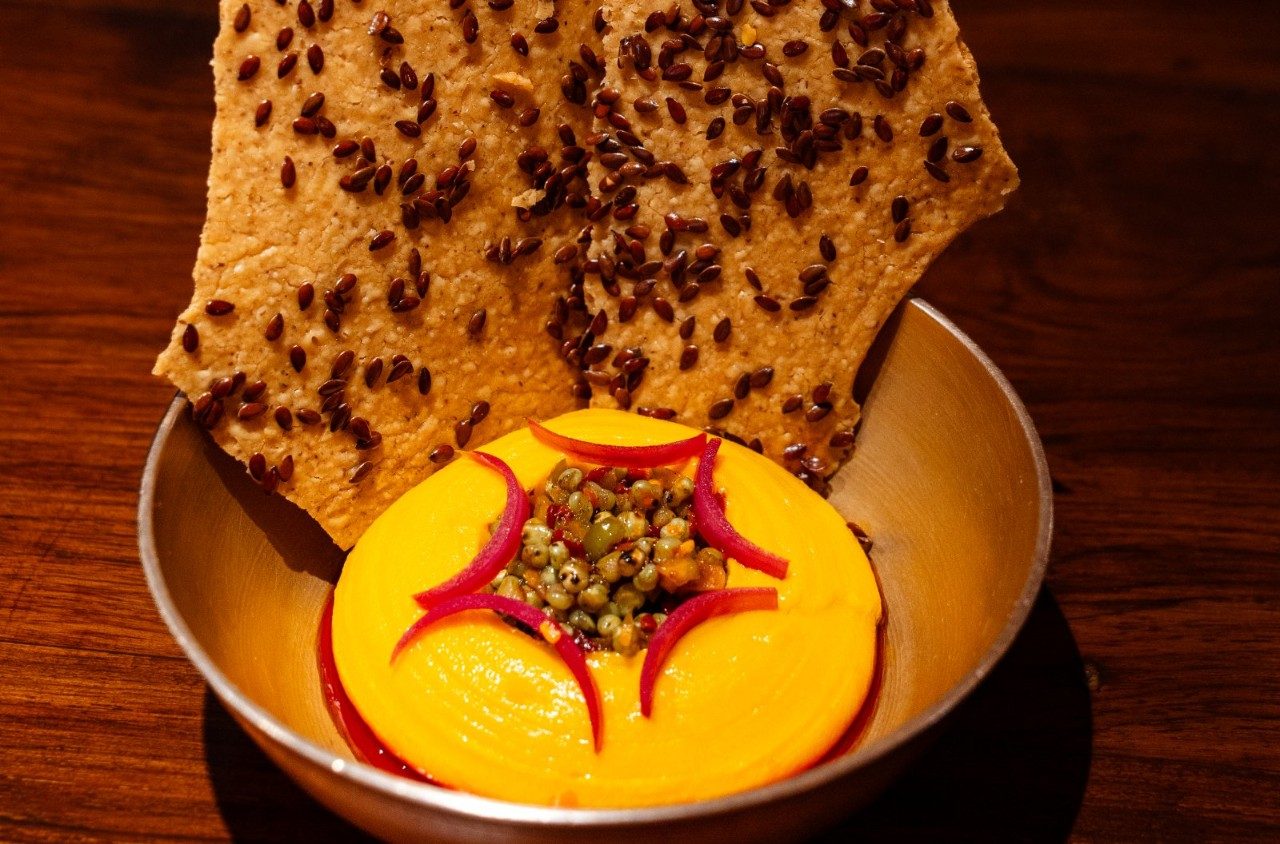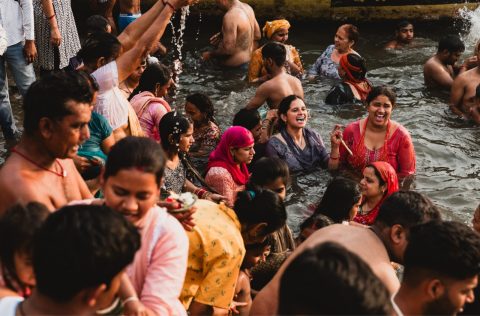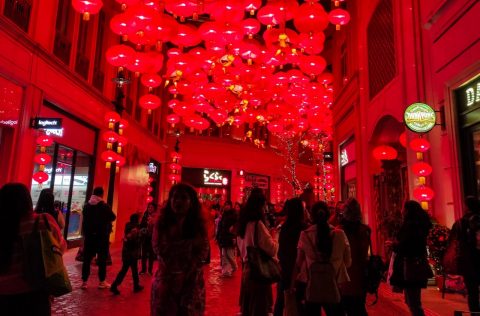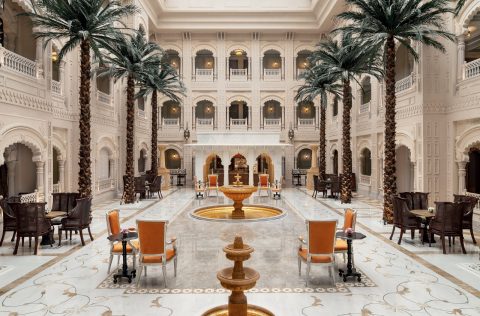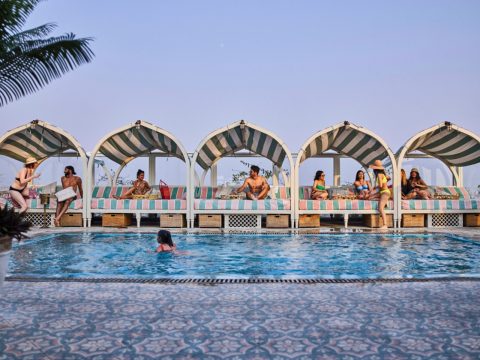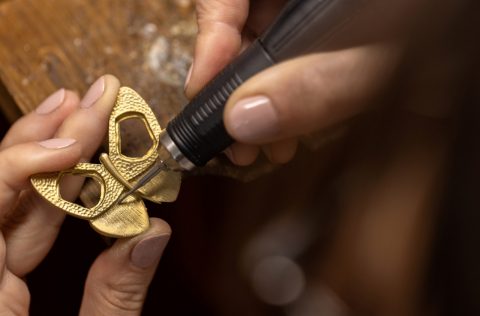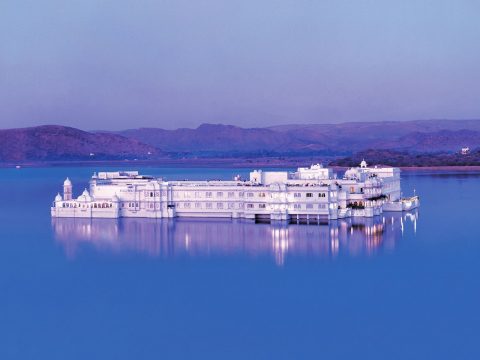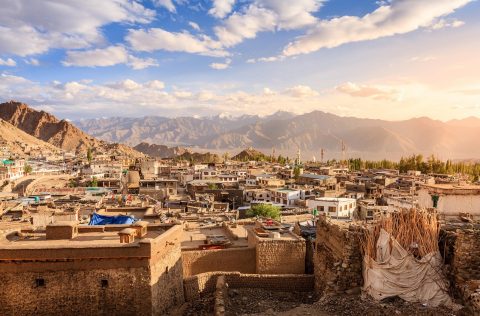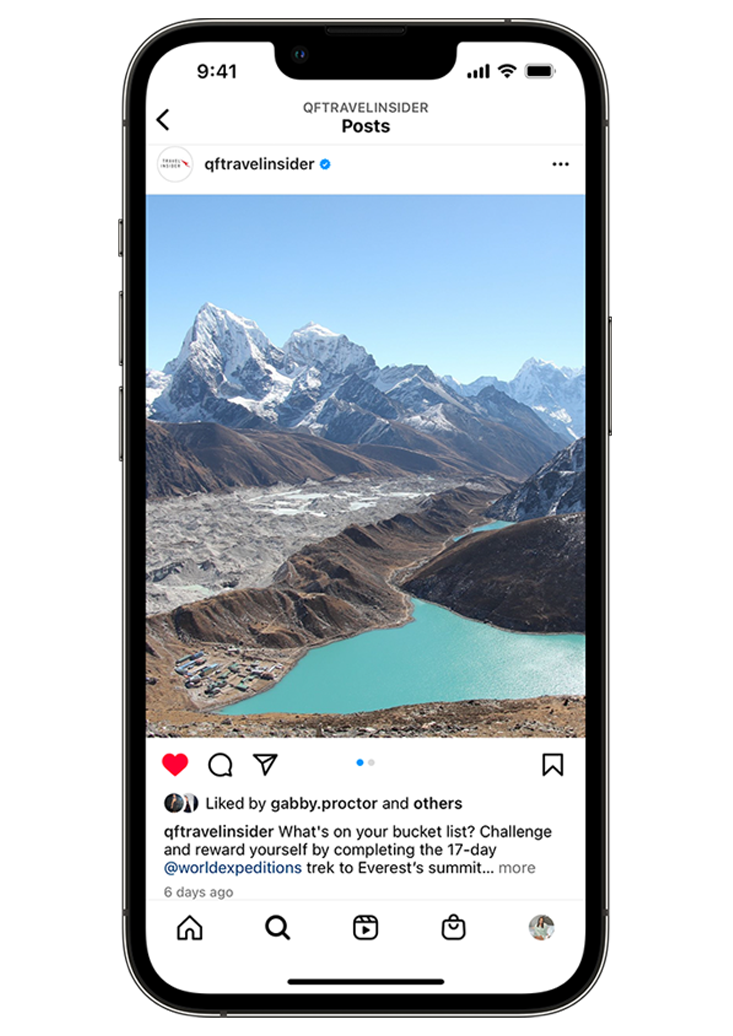The Ultimate Mumbai Food Bucket List
With a foot in the north and one in the south, as traditional as it is cosmopolitan, this metropolis of 22 million people is among the world’s great food cities. Looking for the best restaurants in Mumbai? Here’s where to go.
Image credit: Rob Locke
The Bombay Canteen
1/9For energetic modern Indian
Lively 10-year-old The Bombay Canteen draws on memories, street food and multi-regional classics from across India. “We are many countries with many cuisines set within the boundaries of this one country,” says owner and executive chef Hussain Shahzad of the eatery found in upscale Lower Parel, which is best accessed by taxi. “We celebrate it without borders.” I build a meal from chhotas (small) plates, freewheeling dishes like hara chana, a kind of loaded hummus made from fresh green chickpeas, and corn locho, a creamy “dahl” of corn kernels. One of Shahzad’s favourites is the sea bass sev puri. “It’s an everyday snack made with potatoes but we reimagined it as tartare. It’s the same feeling of eating on the streets but elevated by the emotion of The Bombay Canteen.” Open until 1.30am, this is a great place to linger until late.
Image credit: Rob Locke
The Table
2/9For cocktails and snacks
In the southern suburb of Colaba, a short walk from the Gateway of India on Mumbai’s waterfront, The Table is a passion project from restaurateurs Jay Yousuf and Gauri Devidayal. Come here to rub shoulders with sophisticates eating fresh, bright international cuisine. I savour the crumpets kejriwal, a spin on a classic Mumbai dish of fried egg on toast topped with cheese and chilli, and choose to eat them at the bar, entertained by cocktail shaking percussion. Solo diners may also appreciate sitting at the community table. Americano, 10 minutes north, works well as the next stop on your mini-crawl – don’t miss its Bee Sting cocktail with gin, celery, mustard and honey.
Image credit: Rob Locke
Ashok Vada Pav
3/9For vada pav
If you want a long conversation with a Mumbai local, ask them who does the best vada pav. Always a hot topic, the soft roll filled with fried spiced potato patties and chutney is available at street stands around the city for a few coins. In the residential streets of Dadar, Ashok Vada Pav is a small stall that always has a long queue. “It’s been there for decades,” says Sandeep Sreedharan, a Mumbai chef who runs dining events and a chef consultancy. “You get all the layers of flavours: sweet, sour, crisp, crunchy, it’s the full package.” But is it worth the hour-long wait? To me, the food is worth 30 minutes and the cultural experience of lining up is worth another 30 so my answer is an emphatic “yes”. After all, food bought on the street isn’t just about snacking. “Street food adds to the fabric of the city,” says Hussain Shahzad. “It’s where people eat and where flavour lies.”
Image credit: Rob Locke
Ekaa
4/9For modern fine dining
The team here explores the far reaches of India, bringing ingredients and concepts back to the restaurant where they’re presented in a creative menu informed by chef Niyati Rao’s travels. This fine-diner is a great place to sample emerging Indian wines. I’m transported by the theatre of a blind terroir mystery flight with guidance from Ekaa’s sommelier. Though the dramatic setting can seem austere, the staff is welcoming. I even wander into the kitchen to watch the team plating up koji-cured duck. Adjoining the dining room is a cosy bar, worth a visit for the cocktails inspired by Ayurvedic concepts (the Khus has both smoked tequila and khus, a grass root “cure all” known for its healing properties). If you’re seeking more boundary-pushing cuisine, there’s Masque in the city’s south-east. Go for the innovation of its tasting menus.
Image credit: Rob Locke
Aaswad Upahar & Mithai Gruh
5/9For Marathi brunching
Mumbai is the capital of Maharashtra state and this two-level restaurant is the top spot to feast on traditional Marathi cuisine. “They take a lot of pride, presenting food that you can get on the street but in a very nice setting,” says Sandeep Sreedharan. Serving locals in the vibrant Dadar neighbourhood since 1986, the key dishes here are misal pav, a spicy legume stew served with soft bread rolls, and crunchy-chewy tapioca fritters. Saavni Krishnan used to go to the eatery as a child. “We’d do our prayers at Shri Siddhivinayak Ganapati Temple about 10 minutes away,” she says. “Then we’d head there for tapioca fritters, tea and coffee.”
Image credit: Rob Locke
Cafe Irani Chaii
6/9For bun maska and chai
In the 19th century, Parsi immigrants from Iran came to Mumbai and many opened bakery cafes. The ones that remain are often in old buildings with extraordinary character. The aroma of chai hits as soon as you enter Cafe Irani Chaii. “Irani cafes are important,” says Melbourne chef Saavni Krishnan, who grew up in Mumbai. “Working people go there to buy bread, biscuits, drink tea and eat bun maska, a soft roll filled with a thick slab of butter [above].” In the city’s south, you can also get a good bun maska at Yazdani.
Image credit: Rob Locke
Loya
7/9For exquisite north Indian cuisine
The newest restaurant at the grand Taj Mahal Palace hotel in the suburb of Colaba, is Loya. Immersive and luxurious, there’s also a charming humility to the way authentic northern Indian cooking is honoured here. Mobile cooking stations and tableside garnishing add to the sense of drama and connection. Be blown away by the deep black kangra khodiya gosht, a mutton curry coloured with an ink made from charred walnuts and scented by spices awakened in hot ghee.
Image credit: Rob Locke
Shree Thaker Bojanalay
8/9For Gujarathi thalis
Since 1945, this family-run first-floor restaurant in the bustling neighbourhood of Kalbadevi has been an essential destination for thalis, platters loaded with dals, curries, chutneys, rice, ghee-brushed breads and sweets. Barefoot waiters (above) tread the dining room floor with refill pots, leaning in to replenish the trays. The underlying principle here is Atithi Devo Bhava, “The guest is God”, an indication of its generous hospitality. Every dish is vegetarian, following the custom in the enormous state of Gujarat to the north. “Local people go here after walks or shopping,” says Saavni Krishnan. “It’s homely and satisfying. They make everything fresh and seasonal using recipes that haven’t changed since it opened.”
